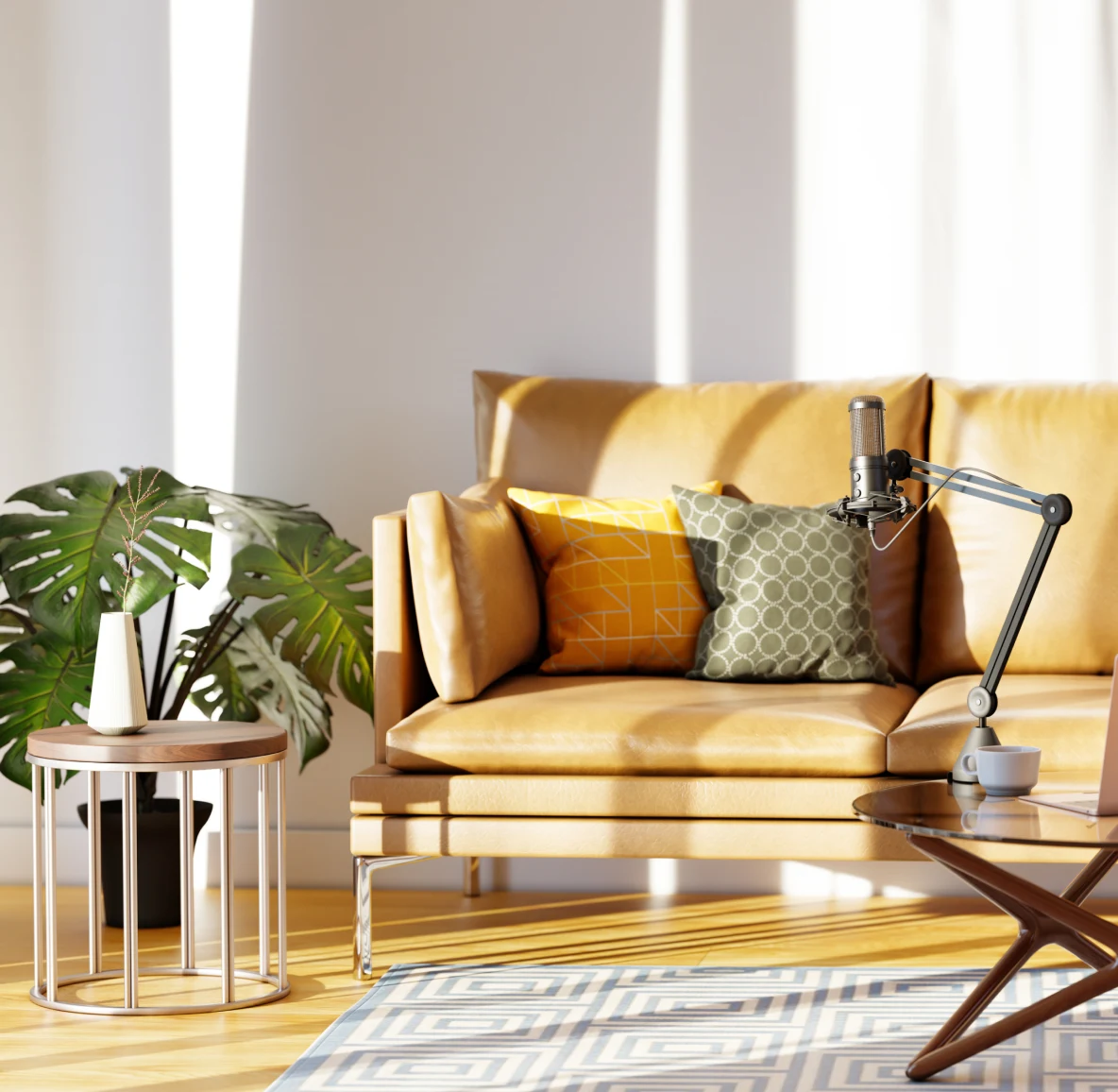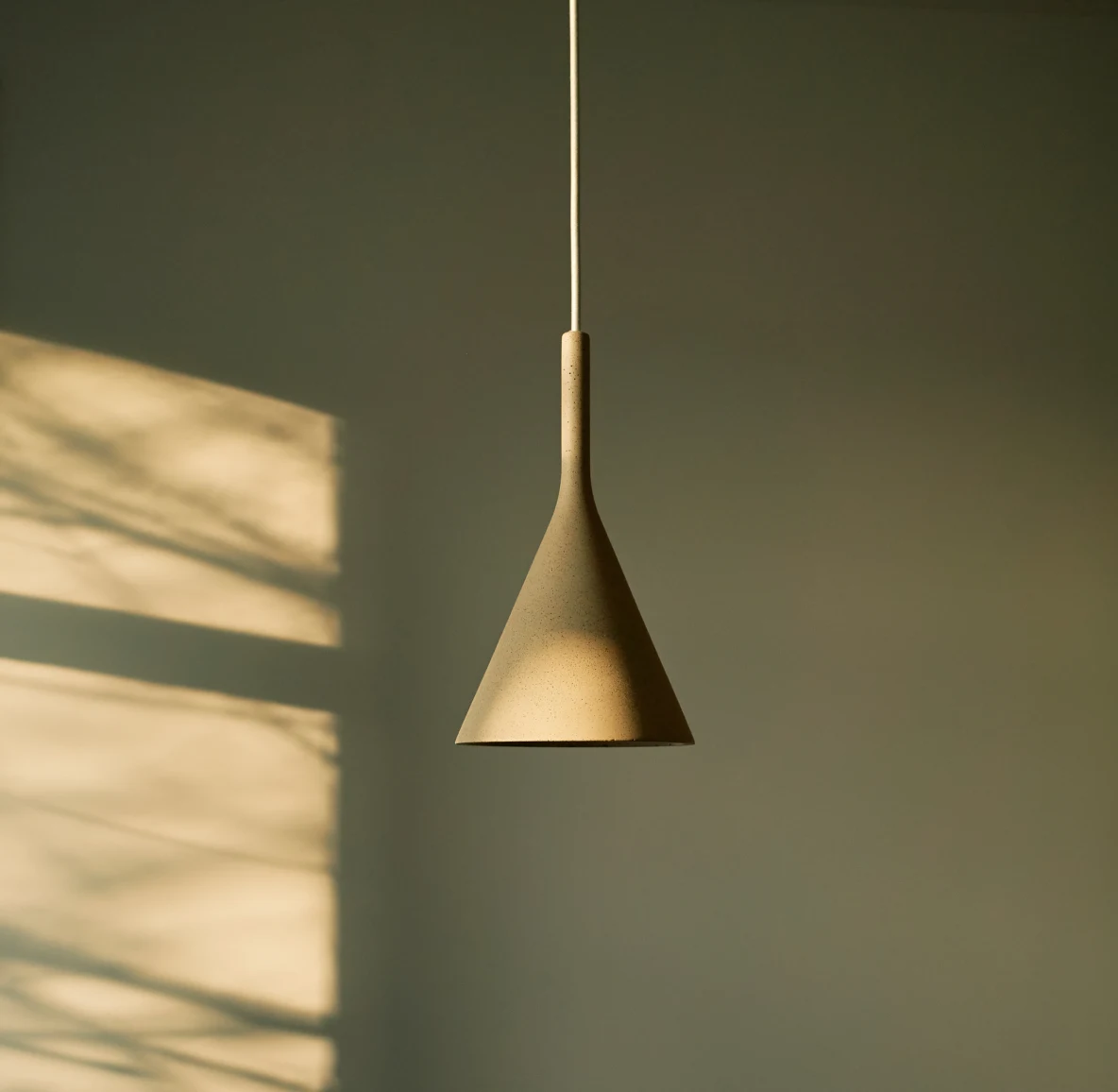The Point: Beim Shoppen geht es um mehr als nur das, was du kaufst. Auf Pinterest ist das Erlebnis entscheidend. Und in einer Welt, in der mit einem Klick alles gekauft ist, sehnen sich Verbraucher nach einem Element des Unerwarteten. Genau das ist das Shopping-Erlebnis, das wir auf Pinterest erschaffen.
As the world reopens, I’m reflecting on the number of times I’ve taken a casual Sunday stroll in Queen Street West in Toronto to check out the ever-changing shop windows. Those occasions I went out looking for a pair of sunglasses and came home with a pair of shoes instead. Or popped into Anthropologie looking for a candle and walking out with a new duvet. It’s not impulse buying—it’s the freedom of allowing inspiration to strike when the moment feels right. That’s the experience we’re building on Pinterest.
As shopping has moved online, it’s lost its charm and imagination, and become a chore. But shopping on Pinterest hasn’t. Deliberately so. As the positive corner of the internet, the experience on Pinterest is unlike any other.


Consider this: 97% of top searches on Pinterest are non-branded.1 This means that people come looking for something in particular but not a brand in particular—they want to be inspired by the ideas they find. And those ideas spark a desire to shop. Over the past year, we’ve seen a 20x increase in searches for products on Pinterest while the number of Pinners engaging with shopping surfaces has more than tripled.2
Pinterest-Nutzer sind immer am Shoppen
Compared to people on other platforms, people on Pinterest are 90% more likely to say they’re always shopping.3 And 30% more likely to say they love shopping.3 That translates to spend. On average, shoppers on Pinterest spend 80% more than people on other platforms every month and have a 40% bigger basket size.3
Why? Because Pinterest takes the best of shopping offline and brings it online, making it easy for people to browse, consider and—ultimately—spend more, without pressure. Just like they would in real life. It’s really that simple.



Pinterest-Nutzer wollen inspiriert werden
+40% of Pinners prefer to feel inspired during the shopping experience vs people on other platforms.3 They show up poised to make decisions and open to Pinterest’s guidance on their journey to the perfect purchase.
So naturally, shopping ads are additive to the experience. They stand out because they fit in. This gives brands the perfect opportunity to be just the thing they were looking for. In fact, when brands use shopping ads on Pinterest, they drive 3x the conversion and sales lift, and twice the positive incremental return on ad spend.4
die Conversion und den Sales Lift4
der positive Incremental ROAS4
Sei da, wo Shopper nach Inspiration suchen
The internet can be a soulless place. Often lacking the ability to inspire us to make decisions. We don’t want that for Pinterest, we don’t want that for brands and we certainly don’t want that for shoppers. So we’ve introduced new ways to shop—and that means more ways for brands to reach those shoppers on Pinterest.
Pinterest is an inspired shopping experience for many reasons. Take our Lens camera search, for example, which enables them to shop from inspiration they find in the real world. Our Shopping Spotlights, a standalone section of curated, product-only articles where shoppers can enjoy the fun of discovery—like a favourite fashion or home magazine brought to life right in the Search tab. Or shop from search, which gives users 100% shoppable results when they search for inspirations.
Nutze die Insights
Menschen nutzen Pinterest, um in aller Ruhe zu stöbern, neue Ideen zu entdecken und Lieblingsprodukte zu finden, nach denen sie vielleicht noch nicht einmal konkret gesucht haben. Hier erfährst du, wie du deinen Shop einrichtest und zu der Marke wirst, die sie als Nächstes entdecken.
1.
Pinterest-Tag hinzufügen
Wenn du deiner Seite das Pinterest-Tag hinzufügst, kannst du Conversions tracken, den ROAS messen und deine Anzeigen für Shopping-Kampagnen oder Retargeting optimieren. Außerdem kannst du neue Zielgruppen aufbauen, indem du siehst, wer deine Seite besucht hat oder auf deiner Seite aktiv geworden ist.
2.
Deine Produkte hochladen
Mit Katalogen kannst du deinen gesamten Produktkatalog auf einmal in Produkt-Pins umwandeln, die durchsucht werden können. Multi-Feed-Support bedeutet, dass du in mehreren Ländern verkaufen und so noch einfacher eine globale Präsenz schaffen kannst.
3.
Verknüpfung mit Shopify
Wenn du Shopify nutzt, kannst du direkt in der App deinen Shop mit deinem Pinterest-Unternehmenskonto verbinden und in wenigen Klicks deine Produkte hinzufügen. Dein Pinterest-Tag wird automatisch eingerichtet, zusammen mit einem Shoppen-Tab in deinem Profil.

